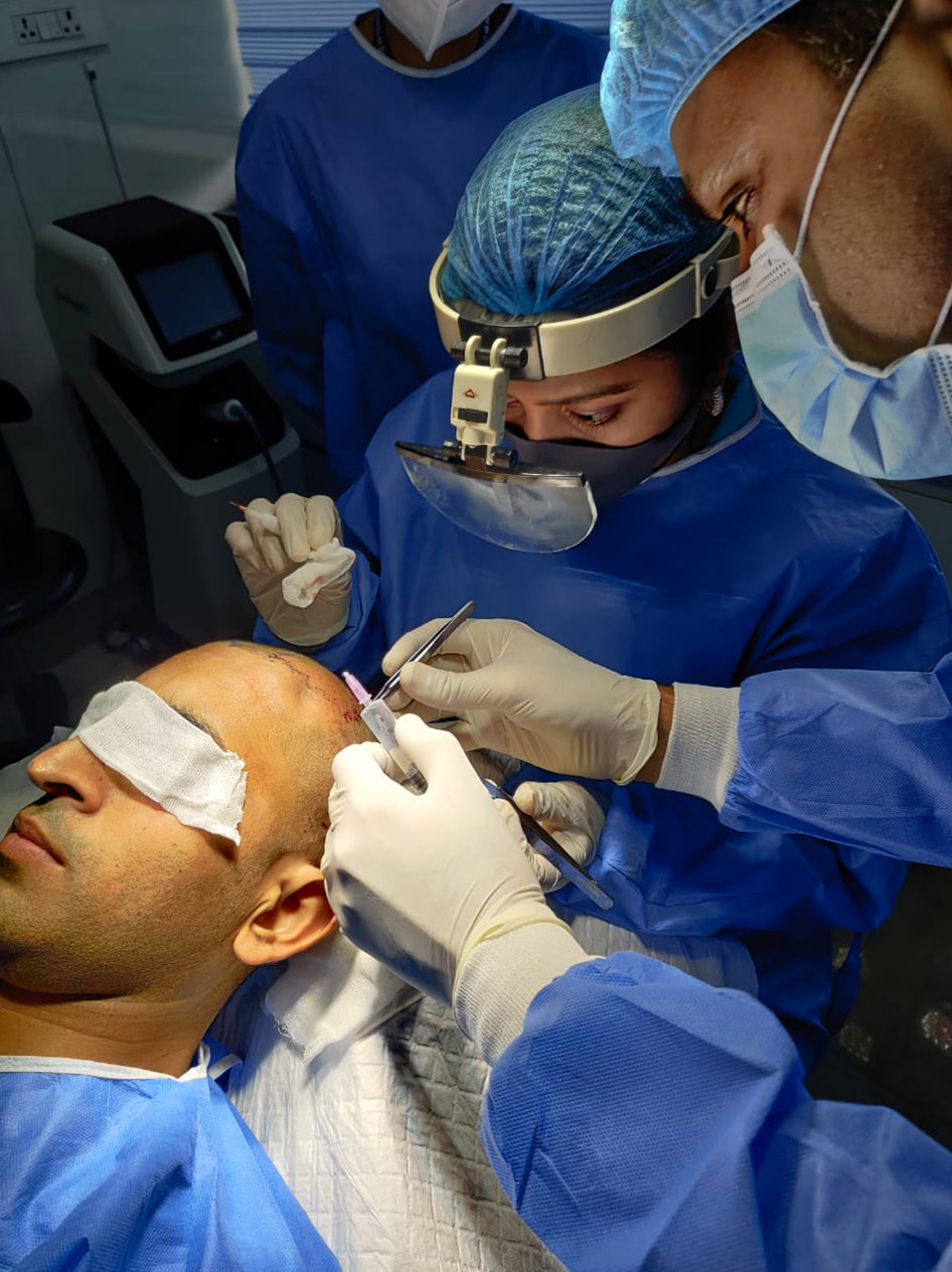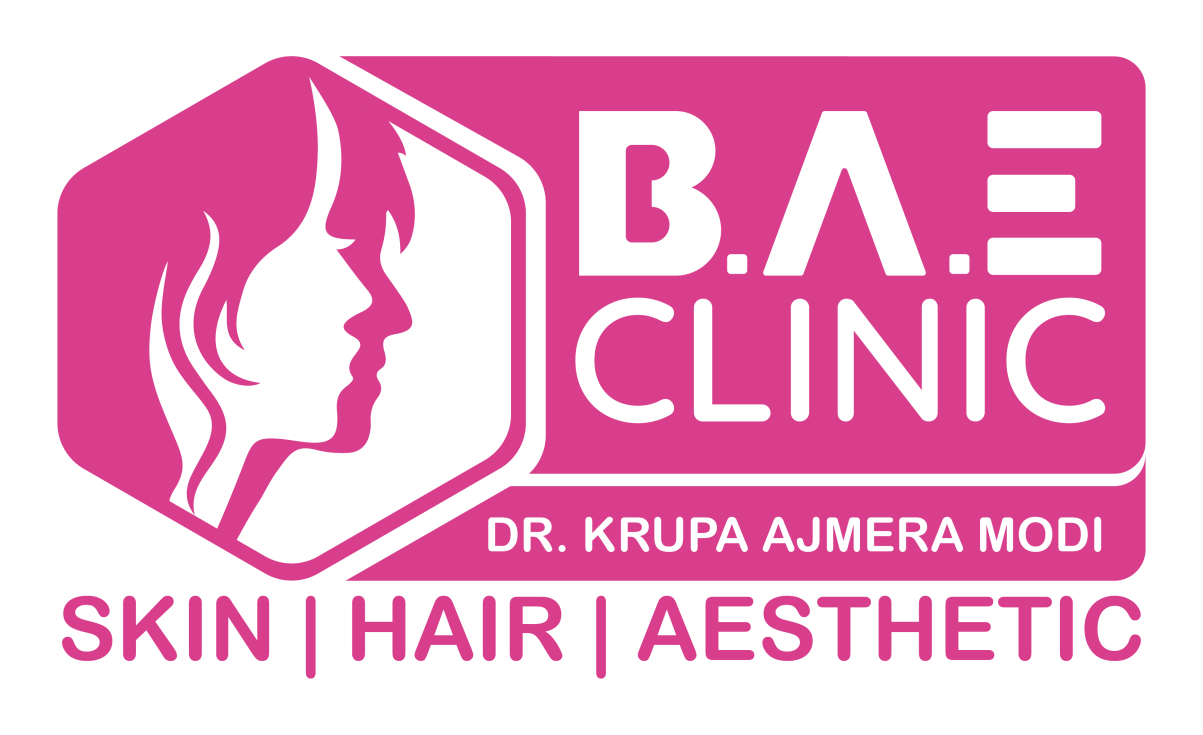
Thread Lift
It is the best cosmetic technique to lift and tighten sagging skin tissues using bio-absorbable and antimicrobial filament threads.
Flabby skin worsens the appearance of wrinkles. Thread lift is a unique technique that stimulates collagen production and achieves an instant lifted-up contour of the face and body, giving a much more youthful appearance. It is ideal to combine this with micro needling, PRP, laser or chemical peel to enhance skin rejuvenation.
Recommended For
Generally, the best candidates for a thread lift are people who are interested in the anti-aging results of a face-lift but can’t get or don’t want the surgical procedure. If you want to skip the downtime and discomfort of a facial surgery or you’ve been told you can’t go under general anesthesia because of a health reason like high blood pressure, consider this alternative.
Procedure
- A thread lift is a non-surgical procedure done for saggy skin, that is done under local anesthesia.
- Absorbable PDO (polydioxanone) sutures are used for the upliftment of the face.
- These sutures are inserted into the skin of the patient and are then pulled upwards and tightened. This causes the subsequent upward pulling of the loose skin.
- This process also triggers the natural healing response of our body and makes the thread lift procedure an ongoing process that maintains the contours of the face and keeps the skin from becoming loose and saggy again for a long period of time.
Frequently Asked Questions
How many sessions of thread lift procedure are recommended?
Normally, for optimum results, 2-3 sessions at an interval of 1-2 months, for results lasting up to 2 years. We can do maintenance sessions to further extend the duration of the results.
What are the Benefits?
- Minimal invasiveness, fast and easy procedure
- No scars, extremely small entry points
- Minimal risk of bleeding, minimal downtime
- Instant results
- Consecutive 2-3 times procedure; results lasting for 2 years
What are the side effects?
- Pain.
- Minor bruising.
- Infection.
- Snapping of threads.
- Accumulation of blood (hematoma).
- Inflammation.
